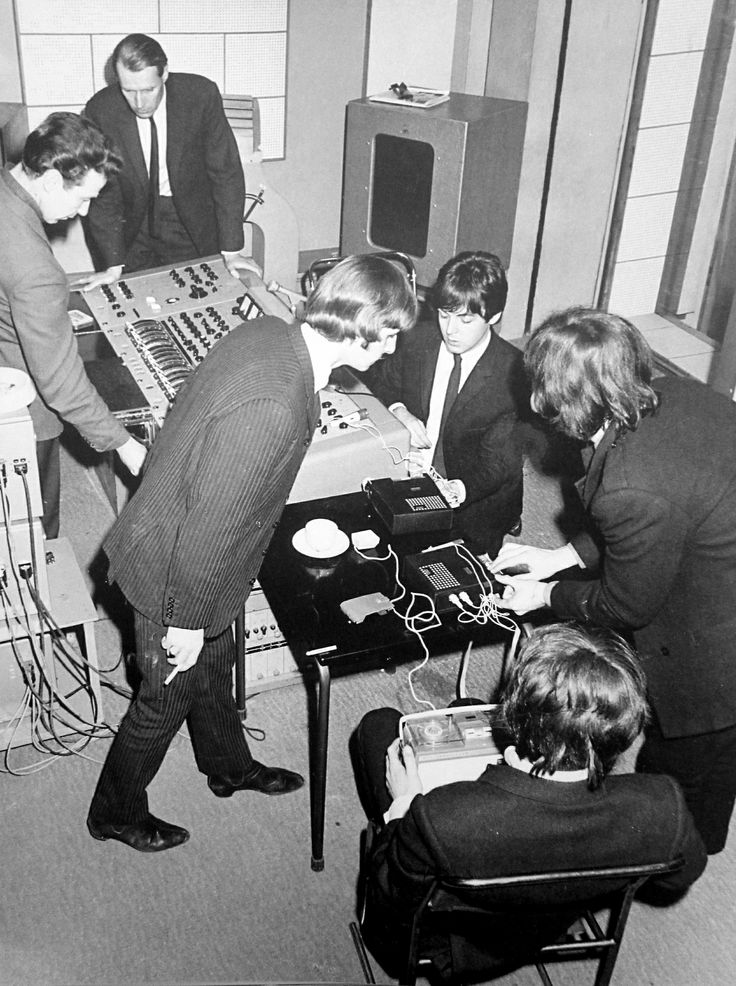This is a blog post about cassettes, with no mention of the Sony Walkman, except here. The Compact Cassette was developed by a Belgian team of engineers at Philips, and introduced under the Norelco brand in 1963. Two years later, to promote the new format, Philips gave portable cassette decks to EMI for the Beatles to try.

Christmas, 1969, I received a Panasonic RQ-204S cassette deck. It was rugged, with very good sound that could be played loud without breaking up, even at full volume.

I used the Panasonic deck to record WBCN radio and some records, but especially to exchange voice letters with my friend Greg, back in Connecticut. Long distance phone calls were out of the question, but a cassette could be mailed with a couple of stamps.

I first learned about cassettes as a computer software medium upon meeting one of my college roommates, named Brad. Before starting at Westfield State, Brad spent a year aboard the Atlantis II research ship, out of Woods Hole, Massachusetts.
The Atlantis II is best known for hosting the Alvin deep-ocean submarine, and for being used to locate the Titanic. The year when my friend Brad was aboard, scientists were conducting the early research into Continental Drift. I recall the project ended up being featured in National Geographic.
Brad was a math whiz just out of high school, working as a Fortran programmer on the Atlantis II. Cassettes were used to load programs and for data storage. When we met, Brad had a large collection of cassettes from the ship that he had mostly repurposed from data to music, with his very expensive, high-end portable Sony deck. Ten years later, working with Brad at a software company, the sound of the 300 baud modems we used was indistinguishable from what I heard playing data cassettes.
Which brings me to what this blog post is really about — Radiolab’s Mixtape series, and their Cassetternet segment from a month ago. The first part is about cassettes used for software. The second part returns to cassettes as a means of human communication; specifically, their influence in bringing about the Islamic Revolution in Iran.
